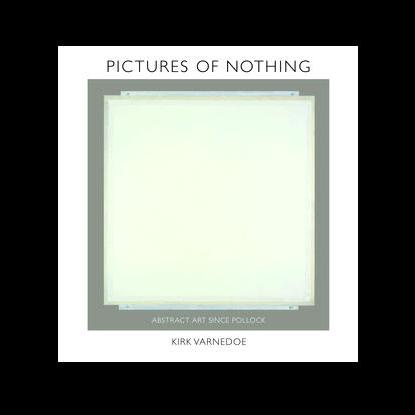Deep Game
The entry Ado of June 25, 2004 contains a link to an earlier entry, A Form, continued, of June 5, 2004. This in turn contains a link to a site by Wolfgang Wildgen which contains the following:
“Historically, we may say that the consequence of Bruno’s parallel work on cosmology and artificial memory is a new model of semantic fields which was so radical in its time that the first modern followers (although ignorant of this tradition) are the Von-Neumann automata and the neural net systems of the 1980s (cf. Wildgen 1998 : 39, 237f).”
: 39, 237f).”
 Wildgen, W. 1998. Das kosmische Gedächtnis. Kosmologie, Semiotik und Gedächtniskunst im Werke von Giordano Bruno. Frankfurt/Bern: Lang.
Wildgen, W. 1998. Das kosmische Gedächtnis. Kosmologie, Semiotik und Gedächtniskunst im Werke von Giordano Bruno. Frankfurt/Bern: Lang.
For an applet illustrating
the above remarks, see
Gedächtniskunst:

Figure A
Neighborhood in a
Cellular Automaton
by Adam Campbell
For more of the Gedächtnis
in this Kunst, see the following
Google search on shc759:

Figure B
Note that the reference to “forerunners” in fig. B occurs in a journal entry of June 12, 2002. See also the reference to a journal entry of the following day, June 13, 2002, in last Tuesday’s Dirty Trick.
Those who have viewed Campbell’s applet (see fig. A) may appreciate the following observation of poet and Dante translator Robert Pinsky:
“… a grid, and a flow–
that is the essence of terza rima….”
— Poetry, Computers, and Dante’s Inferno
For some related remarks
on the muses and epic poetry,
see a paper on Walter Benjamin:
“Here the memory (Gedächtnis) means
‘the epic faculty par excellence.’ “
(Benjamin, Der Erzähler, 1936: in
Gesammelte Schriften, 1991, II.2, 453)
— Benjamin on Experience,
Narrative, and History (pdf)
One possible connection to
the muses is, as noted in a link in yesterday’s
Ado, via George Balanchine.
The applet linked below fig. A very nicely illustrates the “structured chaos” of a space described by automata theory. For a literary approach to such a space, see the
Gameplayers entry.
For the benefit of art critic Robert Hughes, who recently made
a distinction between “fast art” and “slow art,” the Campbell applet has a convenient speed control.












 : 39, 237f).”
: 39, 237f).”



